
Seborrheic dermatitis (SB) is a type of skin inflammation that leads to skin flakiness and the presence of red scales on the affected areas. The condition affects only oily parts of the skin i.e. those rich in sebaceous glands like the scalp, eyebrows, eyelids, creases of the nose, chest and certain folds of the body.
Seborrheic dermatitis is commonly reported among infants when it is referred to as cradle cap. In adolescents the condition is a frequent cause of dandruff. It can also occur in young adults while older individuals rarely end up with the disease.
Seborrheic Dermatitis: the Appearance of Skin Lesions
This inflammatory skin condition typically leads to redness of the affected area, patchy scaling and formation of thick crusts on the scalp. Such patches and crusts are yellow or white and distributed all across the scalp where the hair is, on the eyebrows and in men may occur on the beard and mustache.
Other body parts are generally covered with red, greasy, white or yellow scales. These basically form on the chest, in the armpits as well as the creases of the groin.
These characteristic skin lesions only develop on the skin areas rich in sebaceous glands. Sebaceous glands produce sebum, a substance that keeps the skin moist and prevent it from harsh environmental factors. Excess sebum production and abnormalities of the process are blamed for the onset of seborrheic dermatitis.
Seborrheic skin lesions may withdraw and also worsen. Chronic seborrheic dermatitis tends to aggravate during winter months while improvement is reported during summer. In infants the condition generally subsides completely within a year.
Causes and Risk Factors of Seborrheic Dermatitis
The actual cause of the condition has not been revealed yet, but seborrheic dermatitis is definitely running in families and also affects more people who are already suffering from some other skin conditions like rosacea, ocular irritation, blepharitis as well as acne vulgaris.
Some scientists believe that Malassezia yeast, yeast that thrives and is normally found on the human scalp, may have something to do with the onset of seborrheic dermatitis. Namely, research regarding this microorganism is ongoing and the fact that symptoms of some people may improve with antifungal ketoconazole only goes in favor of the assumption that the condition develops as a consequence of this yeast.
Another thesis is that the condition develops as a consequence of an abnormal immune or inflammatory reaction. Such reaction can also be connected with the previously mentioned yeast or its toxins.
Finally, some scientists believe that seborrheic dermatitis has something to do with hormonal factors.




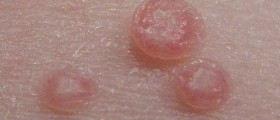


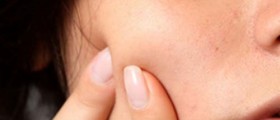

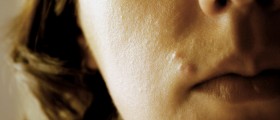
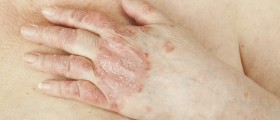

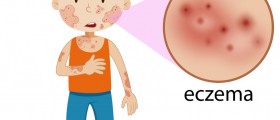


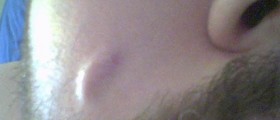
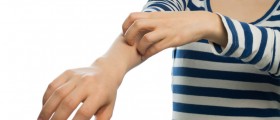
Your thoughts on this
Loading...